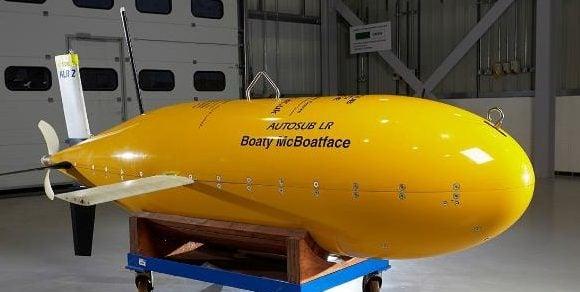 Boaty McBoatface, referred to as the UK’s most famous robot, recently returned to Scotland after 55 days on a more-than-2,000km undersea scientific odyssey from Iceland, studying the pace of climate change.
Boaty McBoatface, referred to as the UK’s most famous robot, recently returned to Scotland after 55 days on a more-than-2,000km undersea scientific odyssey from Iceland, studying the pace of climate change.
BBC reports that the autonomous underwater vehicle (AUV) was hunting for marine snow – “poo, basically” in the words of one researcher. This refers to tiny particles that sink to the ocean floor, storing huge amounts of carbon.
The deep ocean, referred to as the “twilight zone”, is enormously mysterious. Acting as the eyes and ears of the scientists, Boaty went there on the longest journey yet for its class of submarine.
It is all for a major research project called BioCarbon, run by the National Oceanography Centre, University of Southampton and Heriot-Watt in Edinburgh.
The public originally picked the name Boaty McBoatface for a polar ship in 2016. That didn’t happen, but instead, the name was quietly given to a fleet of six identical robots at the National Oceanography Centre in Southampton.
This latest epic trip from Iceland was a major engineering test. “Boaty has absolutely passed. It’s a massive relief,” says Rob Templeton of the National Oceanography Center’s Marine Autonomous and Robotic Systems Group.
It has been an around-the-clock operation, with the engineers sending text messages to the robot via satellite. “We tell it dive here, travel there, turn on that sensor,” he says.
UK submarine ‘Boaty McBoatface’ returns to shore after deep ocean expedition
